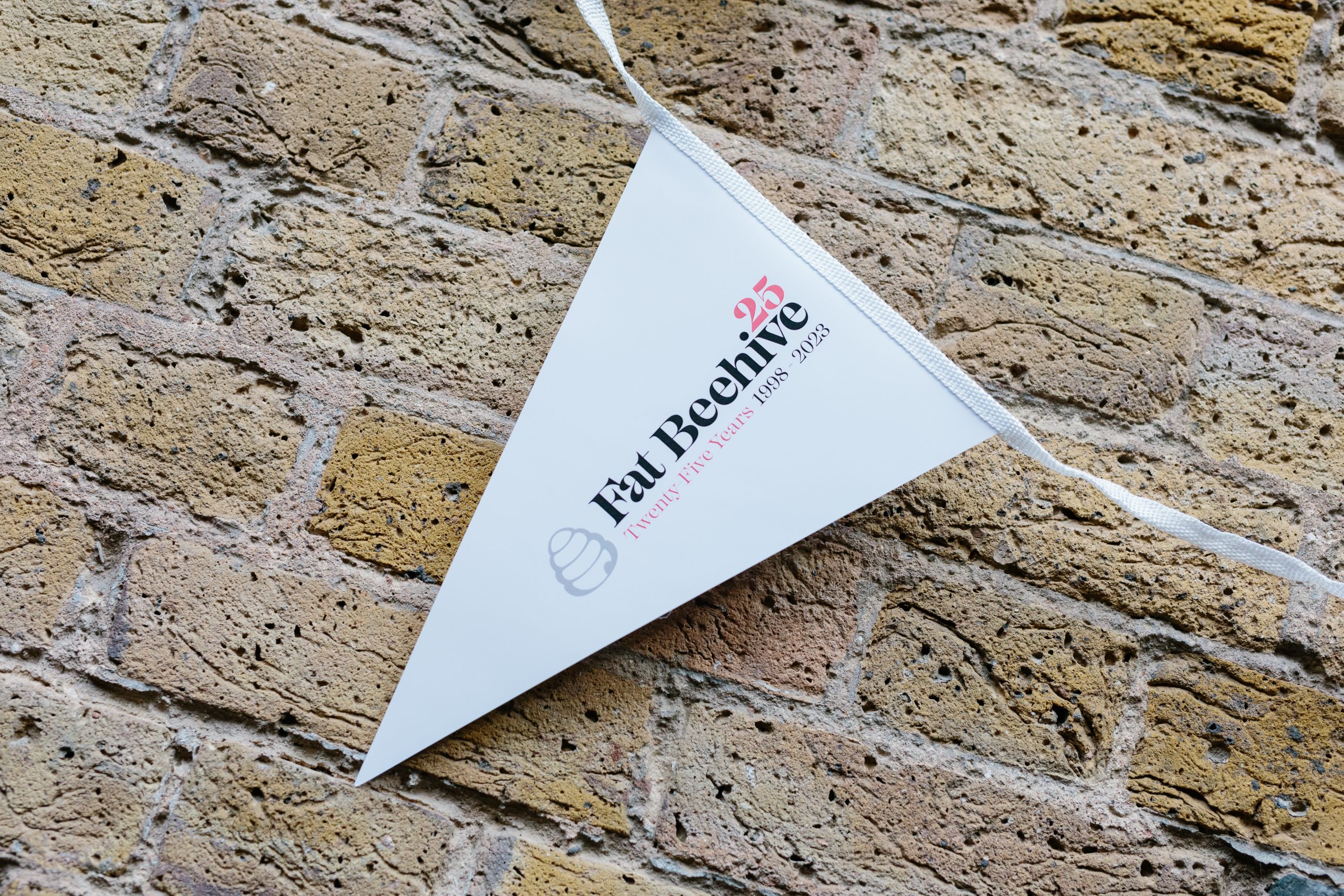If the sudden influx of Christmas music wasn’t a clue (and good luck to everyone taking part in Whamageddon this year), 2019 is coming to a close. For some that will mean a mad dash to get everything done and dusted, but others may find themselves twiddling their thumbs as work dries up thanks to Christmas parties and plans put on hold until January.
If that describes you, then this could be the ideal time to give your website a spruce up. There are plenty of little tasks that are all too easy to put off, and giving your site a quick audit could be just the thing to ensure it’s firing on all cylinders as we head into 2020 and the next decade.
Here’s a handy checklist of things to look out for – if you don’t know where to start, remember that Fat Beehive is always here to help. Yes, even in December.
1. Backup everything
First things first: backup your site. There’s two reasons for this – firstly because it’s always good to have a recent backup, but more importantly, you’re about to make changes to your website. If you break something, or Google Analytics tells you site traffic is plummeting for some reason, you can roll back to an earlier version hassle-free. Consider it a giant undo button: hopefully, you won’t have to use it, but it’s there if the need arises.
Once you’re done with all your New Year’s cleaning and you’re happy that everything is ticking along nicely, back up again. You don’t want all your good work to be destroyed in a future accident.
2. Update the software
To be honest, you should be doing this every time new versions of software are released as part of your routine maintenance, but if you’ve managed to get a little behind then now is the next best time to get on top of things. This means updating everything from your CMS to any plugins you use.
Failing to stay on top of this can obviously mean things aren’t working for your users, but that’s actually less serious than the security implications: you really don’t want to make your website an easy target for hackers.
Of course, if you’re a Fat Beehive client, points 1 and 2 are part of our hosting and support package.
3. Is everything still working?
As you’ll know if you’ve ever encountered a 404 page, links and pages break from time to time. It’s usually the unintended consequence of an update or redirect.
For small sites, the best way of handling this is to physically check each page one by one. Any worryingly long load times? Links that point to dead pages? Do contact forms still send correctly, or is feedback going to the desk of someone who left six months ago?
Obviously this fine-tooth comb approach is simply not practical for larger sites. Instead, log in to Google Search Console, and examine the ‘crawl’ section which will detail any errors on the site. It’s a good way of flushing out broken links and dead pages – though it’s no substitute for looking at the site yourself, so do find time to examine your most important URLs, too.

4. Is everything converting well?
A dip in donations isn’t necessarily a cause for concern – especially at this time of year when donor fatigue is a very real thing. All the same, it’s worth looking to see if your site can be working a bit harder in terms of converting curious visitors into committed supporters.
This is impacted by all sorts of things, and most of this will likely require long-term A/B testing to draw out scientific conclusions about what works best for you. All the same, as well as looking for technical problems that may be preventing people from dipping into their wallets, examine if your process could be simplified, or if the copy could be more impactful.
5. Look for underperformers
Your analytics package will show which of your pages have performed the best, but it’s also a great way of figuring out what content has underperformed.
Now you may decide these pages aren’t that important in the greater scheme of things, but if they are, then perhaps it’s time to try and give them a boost. If people aren’t finding the page, then consider linking more clearly from elsewhere, updating the copy with new information or giving it another push on social media. If you think it deserves an audience, then you shouldn’t give up on it so easily.
If people are arriving on the page but departing too quickly, then you have to look at how the page could work harder. Consider better calls to action, changing the images, adjusting the layout or revamping the copy. Again, it’s worth doing A/B testing to add some science to your gut feelings, but you can still test the capacity for improvement via small ‘finger-in-the-air’ adjustments.
6. Ensure it’s SEO friendly
SEO – or Search Engine Optimisation – could well be something you’d prefer to leave to the professionals as it’s very easy to get wrong, but there are some simple things you can check to ensure your site is working its hardest to impress Google’s spiders.
Make sure your pages all have keyword-appropriate metadata, look to speed up loading times, remove any duplicated content, and ensure pages have a decent amount of words on them to avoid a ‘thin content’ penalty.
All the while, use keywords that your audience search for, but don’t overdo it: a keyword-stuffed piece reads terribly to humans and search engines alike. And as Google is paying more attention to bounce rates and dwell time (i.e: how quickly people leave), you doubly don’t want to alienate your human audience.
7. Make sure it’s accessible
Speaking of not alienating your visitors, you should really use this time to ensure your website is accessible. One small example: not only will adding alt-image tags to your pictures help with SEO, but it will also be incredibly helpful to visually-impaired visitors.
That’s just one example, of course, and while you won’t be able to make an inaccessible site accessible overnight, it’s worth keeping different audience needs in your head moving forwards. Videos should always have captions (and/or transcripts), for example, and pages should be coded with assistive technologies like screen readers in mind.
A solid start to 2020
You might look at this list and decide it’s simply too much to do before the end of the year. That’s fair enough: after all, as I’ve written before, arbitrary deadlines can often kill good work.
But not all of the above is as time-consuming as it sounds, and even knowing what work to prioritise come 1 January 2020 will help to give you as good a start as possible to the next decade.

